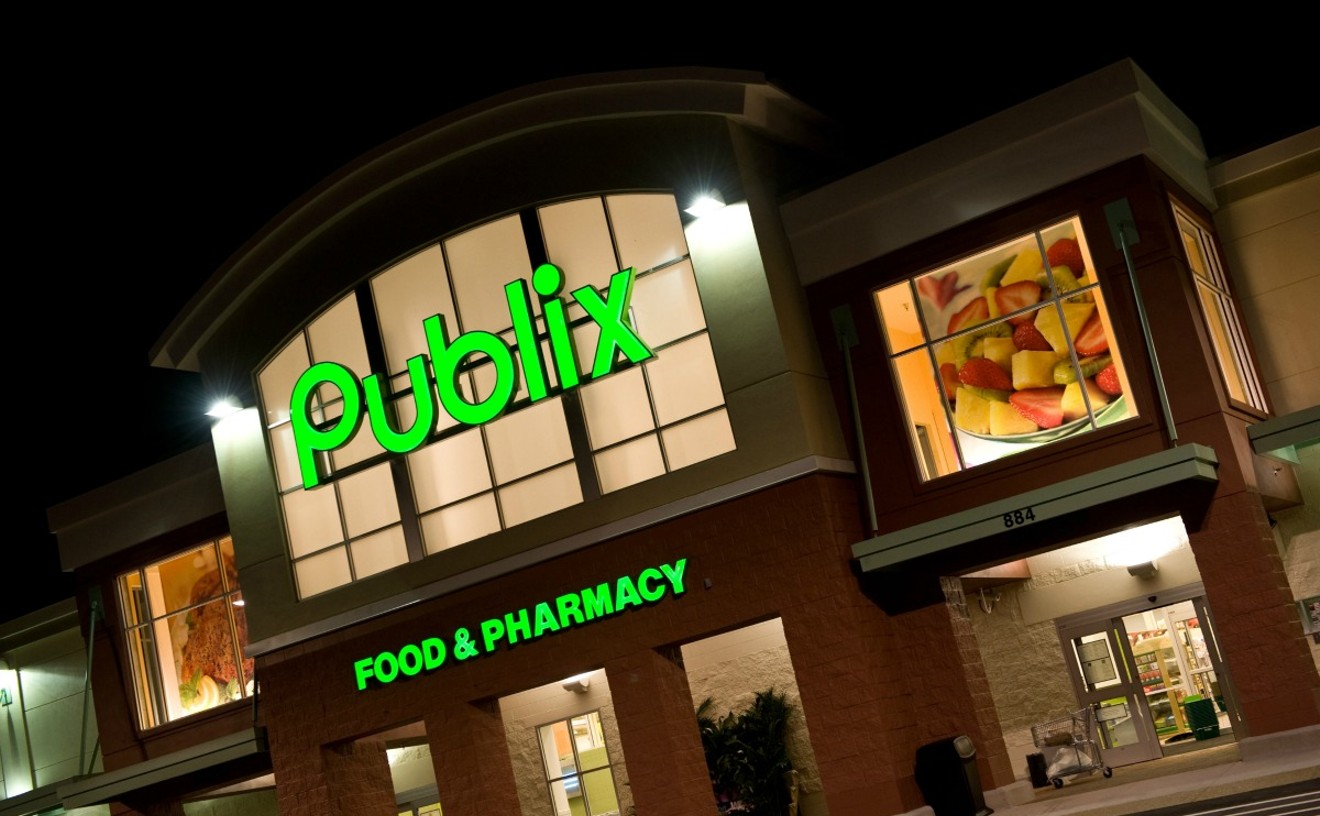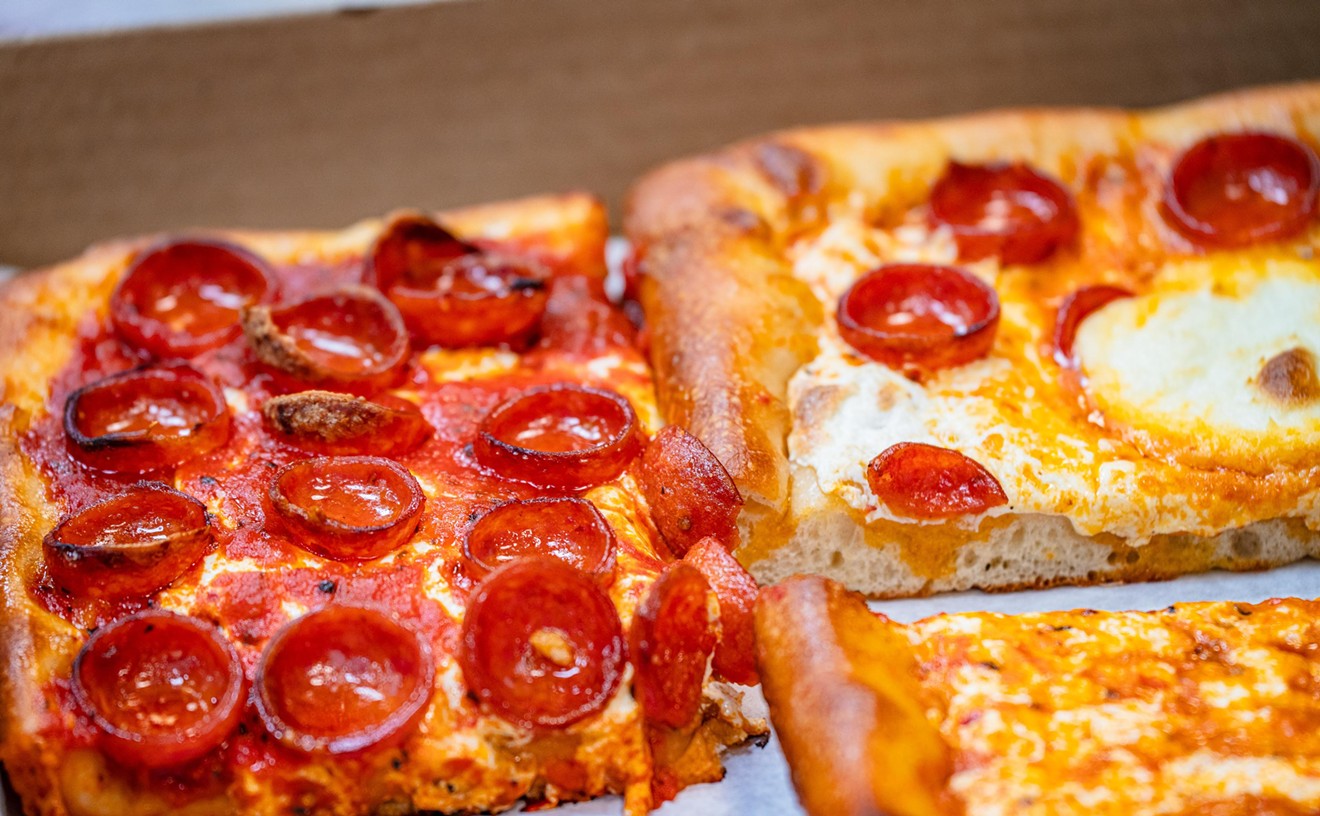"The grocery store has become a Tower of Babel," said Louis Sullivan back in 1990. "Consumers need to be linguists, scientists, and mind readers to understand the many labels they see."
Sullivan at the time was Secretary of the Department of Health and Human Services, and he instructed the FDA to revise the method of nutrition labeling. The agency did, in cahoots with the Department of Agriculture -- and Congress ultimately passed the Nutrition Labeling and Education Act with the aim of clearing things up. Some years later there was another redesign with bold numbers and more prominent placement of calorie counts.
Problem is, while all the pertinent nutrition info is contained in those rectangular panels one sees on packaged foods, the consumer has had a hard time deciphering the numbers. Some values are expressed in grams, others in milligrams; some high numbers indicate a "good" value (fiber), other high numbers indicate a bad value (saturated fat). Of course all of these numbers depend upon serving size, which varies wildly depending upon the individual -- and what the heck does %DV mean? It means percent of daily value, that's what, which translates to the percentage of a single nutrient within the context of a daily diet of 2,000 calories.
HELP!!!
Here are four intriguing ideas for consumer-friendly labels that have already been implemented in select areas.
Nutrition IQ
This idea was generated at the Joslin Diabetes Center, an affiliate of Harvard Medical School. The system uses color-coded icons to denote food product status in terms FDA nutrient content claims: vitamins, minerals, fiber, 100% juice content, Omega-3 and low saturated fats, whole grains, calcium, protein, low or reduced sodium, and low or reduced caloric content. The program was launched two years ago in all SuperValu stores, but it sounds sort of complicated. The website doesn't even say which colors are used and what they mean. Let's move on.
Guiding Stars
This "nutrition guidance program" was developed by nutrition and health professionals from Dartmouth College, Harvard University, Tufts University, and the University of North Carolina. Products are assigned zero, one, two, or three stars according to nutrional values (based on recommendations of the FDA, USDA, and World Health Organization). Those items stocked with more vitamins, minerals, fiber, and whole grains get more stars. Those with more saturated fat, trans fat, cholesterol, added sodium, or added sugars get fewer stars. This program was started in Hannaford supermarkets in 2006, and by 2010 was in 1,500 stores. According to those running the study, "The purchasing of low-sugar, high-fiber cereals increased greatly after program implementation." The concept of using easy-to-grasp stars is cool, but taking recommendations from the corrupt FDA can be risky -- and many of those on the Guiding Star "team" come from corporate backgrounds (like promoting "healthy products from Mott's and Dole"). I'm skeptical.
NuVal
The Yale University Prevention Research Center at Griffin Hospital developed the Overall Nutritional Quality Index (ONQI), an algorithm that generates a single score for a food based on nutritional composition; those numbers are then ranked to determine relative nutritional value. The ONQI was worked on over a two-year period by a large team of nutrition, public health, and medical experts from top universities and research centers around the country until they came up with the NuVal Nutritional Scoring System. Every food gets a score from one to 100. The shopper can thus pick up two different brands of, say, chocolate chip cookies and determine which is healthier by looking at the number. How much easier can it get?
Example:
Nabisco Chips Ahoy chewy Real Chocolate Chip Cookies Score: 2
Famous Amos Chocolate Chip Cookie Score: 10
Kashi TLC Tasty Little Chewy Oatmeal cookies Score: 32
You can check out all sorts of scores on the website.
Traffic Lights
This idea comes from the United Kingdom and Australia: Traffic-light symbols of red, amber, or green are placed prominently on the front of the package. The colors are stamped according to whether the product contains high or low values of a particular nutrient: fat, saturated fat, sugars and salt. The concept is based on a nutrient-profiling system developed at Oxford University.
Green: Excellent sources of important nutrients, low in saturated fat, added sugar and salt. Can be eaten every day or at every meal.
Amber: Mainly processed foods. Some nutritional value, but contain moderate levels of saturated fat, added sugar and/or salt. Should be carefully selected and eaten in moderation.
Red: Nutrient poor foods and drinks high in saturated fat, sugar and/or salt.
In the UK, it could only be recommended that manufacturers voluntarily adopt the traffic-light system. Major supermarket chains branded their own products with such labels, and over 10,000 products still use traffic lights. Breakfast cereals with mainly green lights or amber lights grew twice as fast as breakfast cereals in general; sales of frozen meals with red lights fell 35%.
But food industry lobbyists have already succeeded in turning off some traffic lights and are fighting to turn off others. Seems those companies who were getting red lights on their products felt it was scaring off customers. Which means, of course, that this system was working splendidly. The European Parliament had been considering implementing the "traffic light" system across the European Union, but in June of 2010 the parliamentarians voted it down. As Sarah Ruhland, a German consumer spokeswoman said at the time:
"This makes it completely clear that the majority of European Parliamentarians couldn't withstand the massive lobby pressure from Coca-Cola and Nestle & Co."
Nutrition labeling is becoming a heated topic across Europe and starting to gain traction in this country too. We're a lot fatter than they are, so we should probably get going with it soon.
I vote for either the traffic lights or NuVal. If the rest of you few hundred million Americans want to vote as well, please use the comments section below.
Follow Short Order on Facebook and Twitter @Short_Order.










